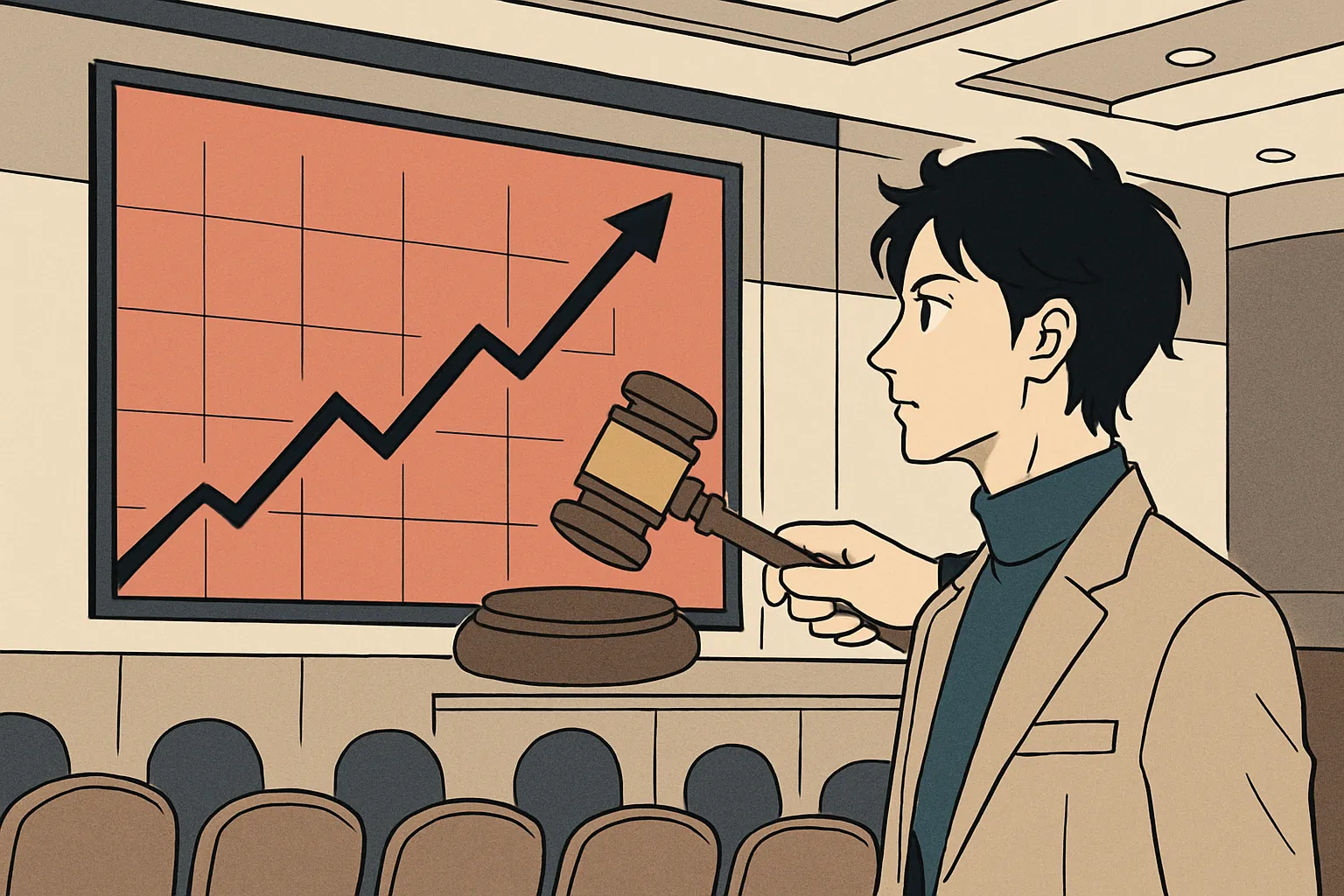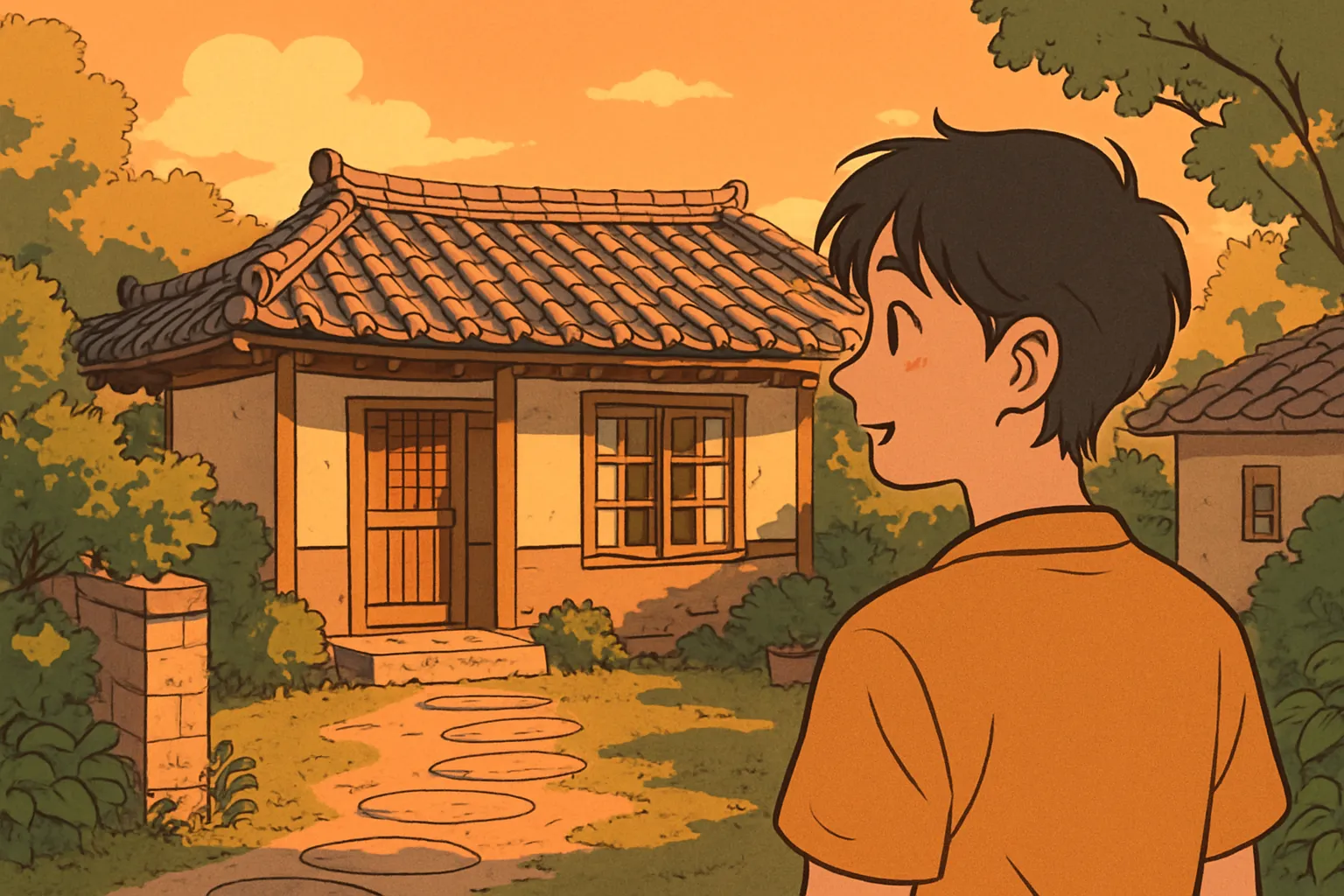Hello! This is [Daily Korean], ready to upgrade your Korean skills! 👋
Today, we are going to learn the most essential phrase for any beginner: asking what something is and identifying objects.
Have you noticed the “Cafe Hopping” trend in Korea recently? ☕🍰 From Seongsu-dong to Yeonnam-dong, there are so many unique cafes with artistic furniture and strange, beautiful desserts. When you visit these places, you might wonder, “Is this a chair or art?” or “Is this a cake or a soap?”
That is exactly when you need today’s expressions! Let’s learn how to ask and answer questions about objects so you can enjoy Korea’s trendy spots to the fullest!
📝 Key Expressions
Here are 3 essential expressions to help you identify things around you.
1. 이거 뭐예요?
- Pronunciation: [Igeo mwoyeyo?]
- English Meaning: What is this?
- Detail: This is the most common way to ask “What is this?” in a polite way. You can use this with anyone. ‘이거 (Igeo)’ means ‘this’, and ‘뭐예요? (mwoyeyo?)’ means ‘what is it?’.
- 💡 Pronunciation Tip:
- Even though ‘뭐 (mwo)’ and ‘예요 (yeyo)’ are separate, try to say them smoothly together like a wave: [Mwo-ye-yo].
- Don’t chop the sounds! It sounds much more natural when connected.
2. 이거 의자예요.
- Pronunciation: [Igeo uijayeyo]
- English Meaning: This is a chair.
- Detail: This answers the question. ‘의자 (uija)’ means chair. In Korean, the verb ‘to be’ (is/am/are) comes at the very end of the sentence.
- 💡 Pronunciation Tip:
- Why ‘예요 (yeyo)’ and not ‘이에요 (ieyo)’?
- Rule: If the noun ends with a vowel (like 의자 – ends in ‘a’), we use 예요 [yeyo].
- If the noun ends with a consonant (patchim), we use 이에요 [ieyo].
- Since ‘Chair’ ends in a vowel, say it softly: [Ui-ja-ye-yo].
3. 진짜 예뻐요!
- Pronunciation: [Jinjja yeppeoyo!]
- English Meaning: It’s really pretty!
- Detail: You will use this reaction a lot in Korea! ‘진짜 (Jinjja)’ means ‘really’ or ‘very’, and ‘예뻐요 (yeppeoyo)’ means ‘pretty’.
- 💡 Pronunciation Tip:
- The ‘ㅉ (jj)’ in ‘진짜’ and ‘ㅃ (pp)’ in ‘예뻐요’ are Tense Sounds (Doen-sori).
- You need to build up air pressure in your mouth and release it sharply, without letting much air escape. It sounds stronger and higher pitched than a soft ‘j’ or ‘b’. Think of the ‘p’ in the English word “Spy”.
💬 Example Conversation
Let’s imagine you (A) and your Korean friend (B) are at a trendy, artistic cafe in Seoul. You see a very unique object.
A: 이거 뭐예요?
(What is this?)
B: 아, 이거 의자예요. 요즘 유행하는 스타일이에요.
(Ah, this is a chair. It’s a trendy style these days.)
A: 우와, 진짜 예뻐요!
(Wow, it’s really pretty!)
B: 그렇죠? 여기 앉아 보세요.
(Right? Try sitting here.)
🇰🇷 Culture Tip & Trend: “Cafe Tour” (카페 투어)
In Korea, going to cafes is not just about drinking coffee; it’s a cultural activity called “Cafe Tour” (Kape Tueo)! 📸
Young Koreans, especially the Z generation, love hunting for “Instagrammable” spots. Because of this, cafe owners put a lot of effort into the interior design. Sometimes, the furniture is so artistic that it doesn’t even look like furniture!
- Pro Tip: When you see a unique object in a cafe, point to it and ask the staff or your friend: “이거 뭐예요?” It’s a great conversation starter and shows you are interested in the culture!
🎓 Wrap-up & Quiz
Today we learned how to ask “What is this?” and say “This is a chair.” Remember, the ending changes depending on whether the word has a final consonant (Patchim) or not!
Let’s practice! Fill in the blank:
You want to say: “This is water.” (Water = 물 [mul])
* Hint: ‘물’ ends with a consonant ‘ㄹ (l)’.
Question: 이거 물 ______ ?
(A) 예요 (yeyo)
(B) 이에요 (ieyo)
Leave your answer in the comments below! 👇
I hope you find many pretty things in Korea and ask “이거 뭐예요?” with confidence. See you in the next lesson!






